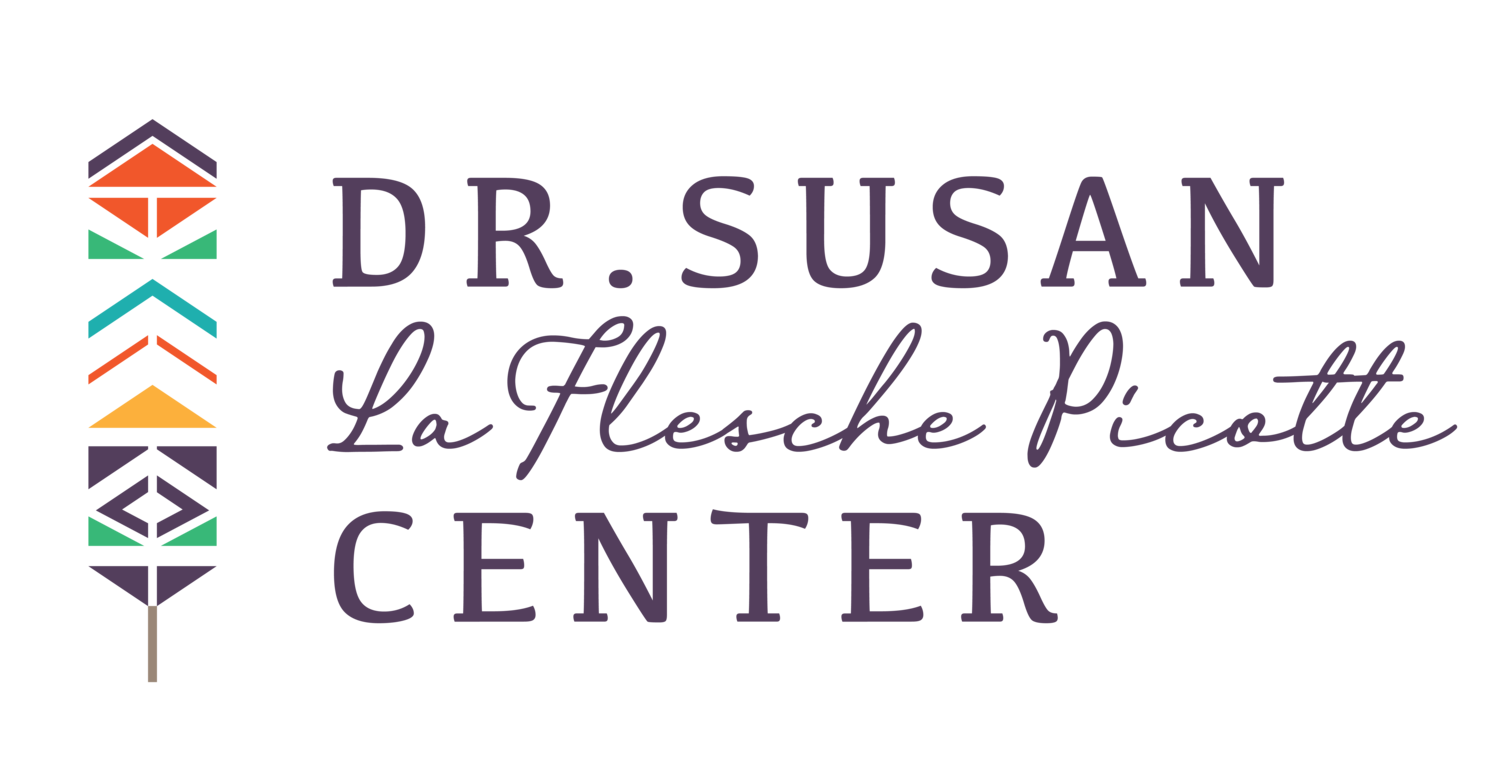Heartland Center Leading Needs Assessment and Strategic Planning Efforts for Historic Omaha Indian Reservation Hospital
Dr. Susan LaFlesche Picotte, America's first Native American medical doctor, built a hospital on the Omaha Indian Reservation in 1913 in Walthill, Nebraska. An effort is underway to restore and re-purpose the wood frame building that was recently declared one of America's 11 Most Endangered Historic Places by the National Trust for Historic Preservation. The project is supported by a grant from USDA Rural Development to the Nebraska Commission on Indian Affairs.
The Heartland Center's co-director, Milan Wall, is a member of a planning team that is undertaking a study to determine possible uses of the building and how, in a restored state, it might contribute to the vitality of Walthill and the surrounding community. Team members and advisors include historic preservation specialists from the firm of BVH Architects in Lincoln and Omaha, Nebraska, staff of the Indian Commission and representatives of the Omaha tribe and the Village of Walthill, among others.
Dr. Picotte graduated at the top of her class from the Women's Medical College of Pennsylvania in 1889 and then returned to her home in northeast Nebraska to practice medicine for hundreds of patients, Native Americans and non-Indians alike. She traveled the countryside on horseback and then via buggy before she died at age 50 in 1915. Her sister, Susette LaFlesche, became famous as the interpreter for Chief Standing Bear, whose trial at Fort Omaha in 1879 led to a landmark federal court ruling that declared that Indians have rights as "persons" under the U.S. Constitution.
Today, Dr. Picotte's hospital is at risk, due to deterioration over time from weather conditions and minimal maintenance. The renovation project aims to restore the structure, known as the Picotte Memorial Hospital, as a cultural asset and catalyst for rural development. Increased attention has been paid to Dr. Picotte and her legacy since the publication in 2016 of "A Warrior of the People: How Susan LaFlesche Overcame Racial and Gender Inequality to Become America's First Indian Doctor," a biography written by Joe Starita, professor of journalism at the University of Nebraska-Lincoln.
The Heartland Center is facilitating a needs assessment and strategic planning activities to support the project. While the planning activities proceed, a fund-raising campaign has been started to raise the $2 million or more dollars needed to restore the building and grounds and transform the site into an asset for the community and the tribe. The building was designated as a National Historic Landmark in 1993 by the National Park Service.
To learn more about the project and to contribute to the campaign, go to drsusancenter.org. You can also complete a survey that seeks opinions about potential uses of the building in the future.
About the Heartland Center
The Heartland Center for Leadership Development is an independent nonprofit organization developing local leadership that responds to the challenges of the future. The Heartland Center is headquartered in Lincoln, Nebraska. http://www.heartlandcenter.info

